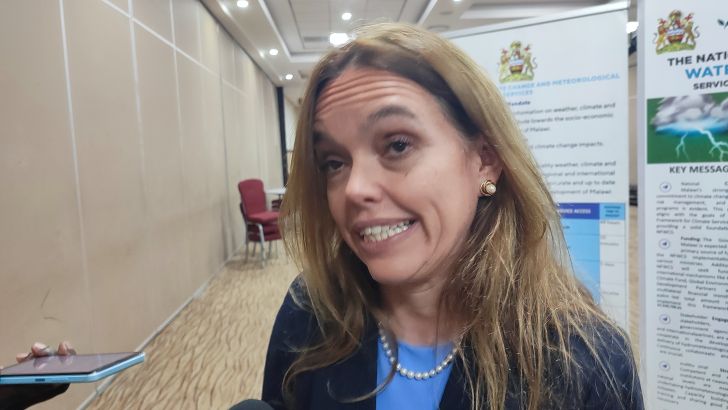Govt steps up early warning systems
Malawi has embraced the use of artificial intelligence and translation tools to boost early warning systems and climate resilience.
The reforms in the Department of Climate Change and Meteorological Services include the use of AI to translate weather forecasts into local languages.

Speaking at the climate risks warning systems (Crews) partners’ workshop in Blantyre last week, Secretary for Natural Resources and Climate Change Yusuf Nkungula said the department is being transformed to meet the growing demands of communities vulnerable to climate-related disasters, including floods, drought and cyclones.
“For years, we lagged behind. Now we are shifting toward a more modern, responsive service,” he said.
Nkungula highlighted key developments such as the installation of two new weather radars, the rollout of high-resolution forecasting models and a new computer application that translates warnings into Chichewa, Tumbuka, and Yao.
He added that Malawi is among the first African countries to pilot AI forecasting tools, a move he called a “significant step forward”.
The department has adopted a new strategic plan, a meteorological policy and a quality management system to improve service delivery.
“Language is no longer a barrier to accessing life-saving information,” he said.
The reforms in early warning systems are being funded by the World Bank.
World Bank urban disaster risk manager for East Africa manager Catalina Marulanda underscored the importance of proactive planning.
She said. “Malawi is highly vulnerable to climate shocks. Through our support under the Regional Climate Resilience Project, we want to help the country shift from response mode to a more predictive and preventive approach,” she said, adding that data plays a critical role in designing risk-informed infrastructure and investment.”





